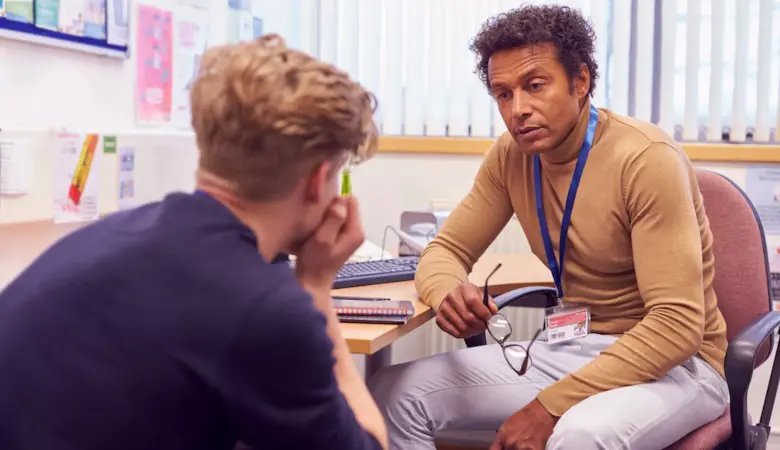Why Restorative Justice in Schools is Replacing Zero Tolerance Discipline Policies
Most educators agree: Every student—regardless of race, background, or zip code—deserves a supportive learning environment that affirms their humanity and treats them with fairness and dignity. However, outdated school discipline policies, especially zero tolerance policies, often contradict this belief by disproportionately pushing students out of the classroom.
The Harm of Exclusionary School Discipline Policies
While serious infractions like bringing a weapon to school or committing assault must be handled according to the law, far too many students face out-of-school suspensions for minor, subjective violations. These can include things like wearing the wrong shoes, having a “distracting” hairstyle, or wearing pajamas during remote learning.
In fact, children as young as five years old have been suspended. During the 2018–2019 school year in Louisiana, over 1,000 kindergartners were suspended—a clear sign that exclusionary discipline is overused.
These practices have led to millions of lost instructional days for students across the country. But are these punishments even effective?
Suspensions Don’t Work—And the Data Proves It
A recent study by the American Institutes for Research found that both in-school and out-of-school suspensions fail to improve behavior or academic performance among students. The research shows that suspensions do not reduce future misbehavior, improve peer performance, or enhance perceptions of school climate.
In fact, the more severe the disciplinary action, the more likely it is to negatively impact a student’s future academic success, attendance, and behavior.
Why It’s Time to Rethink School Discipline
Many schools still operate under archaic disciplinary systems, including zero tolerance rules that ignore context. For example, under these rules, if a student is attacked and defends themselves, both parties are suspended—regardless of circumstances.
Charles Schallhorn, a veteran teacher at Mountain House High School in California, emphasizes that suspensions are a “quick and dirty” fix. “They don’t address root causes like mental health or problems at home,” he explains. “Kids are complex—and we should grant them the same grace as we grant adults.”
Instead, Schallhorn and his school focus on building a positive school culture—one where relationships are prioritized, and behaviors are shaped through encouragement and connection. His simple habit of greeting students in the hallways has helped build trust and reduce disciplinary issues.
The Power of Restorative Justice in Education
At the heart of this new approach is restorative justice in schools—a strategy centered on relationship-building, accountability, and repairing harm rather than issuing punishments.
Brenda Brathwaite, an 8th-grade math teacher in Atlantic City, New Jersey, is part of a team with one of the lowest suspension rates in her school. Their success comes from consistently applying restorative practices, even though the district hasn’t formally adopted them.
“When students trust us, they’re more likely to focus on learning and less likely to act out,” says Brathwaite.
Restorative justice includes:
Restorative circles: Group sessions where students process emotions and resolve conflicts.
Talking sticks and guided questions: Tools to help students express their thoughts and reflect on their actions.
Peer mediation: Trained student mediators help resolve disputes constructively.
These techniques promote social-emotional learning, personal accountability, and conflict resolution skills—essential for long-term student success.
Restorative Justice is Effective—and Supported by the NEA
The National Education Association (NEA) strongly supports shifting from exclusionary discipline to restorative justice in schools. The NEA provides tools and training to help educators assess their school climate, examine discipline data, and implement equitable practices.
Key NEA resources include:
NEA Opportunity Audit: Helps schools analyze equity in areas like culture, curriculum, and discipline.
Leaders for Just Schools: A professional development program that builds educator capacity to advance equity and improve school culture.
Restorative Justice Micro-Credentials: Free for NEA members, these credentials offer in-depth training on implementing restorative practices that build community and repair harm.
Transforming School Discipline Starts with Educators
Reforming discipline practices isn’t easy—but it’s necessary. Restorative justice doesn’t mean ignoring harmful behavior. Instead, it ensures that every action taken is rooted in growth, understanding, and connection.
“It's hard work,” says Brathwaite, “but it's worth it—for the students, for teachers, and for building better school communities.”

